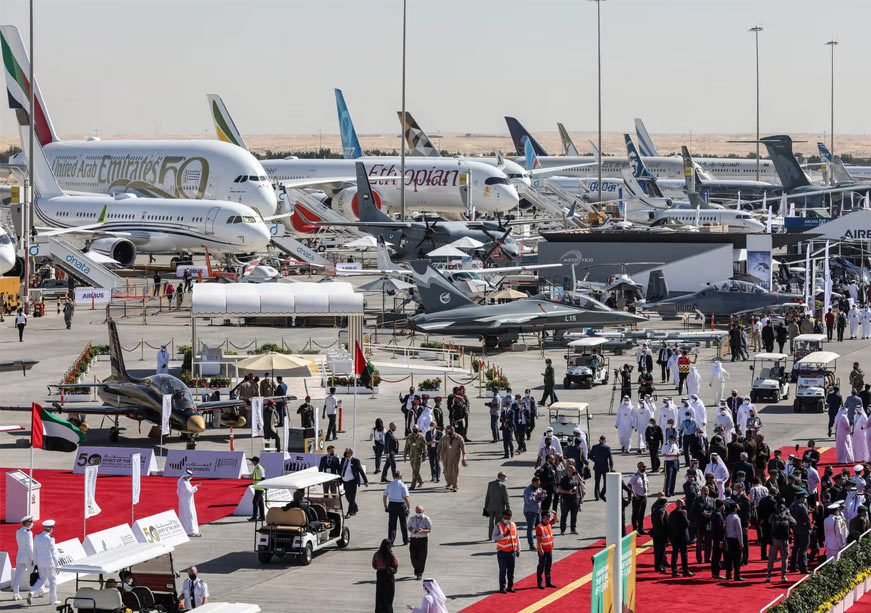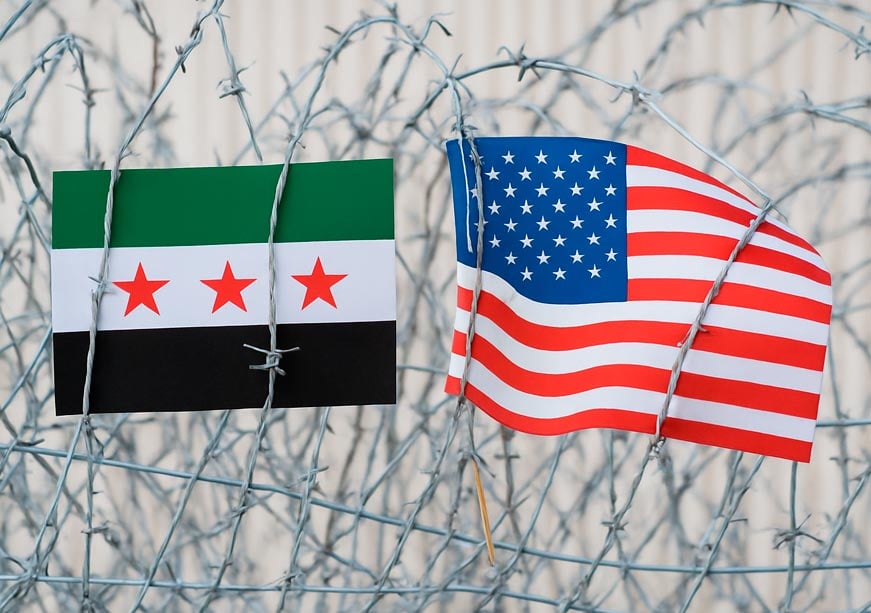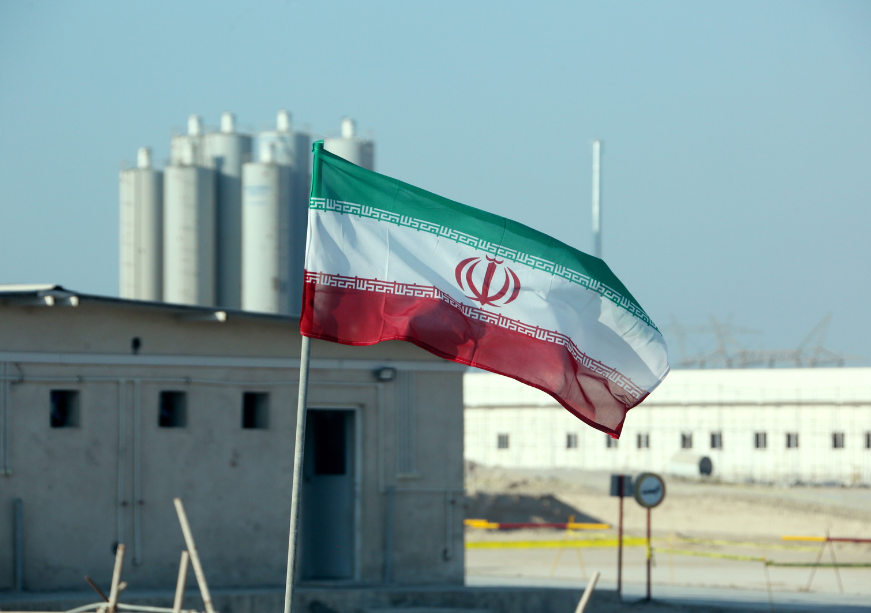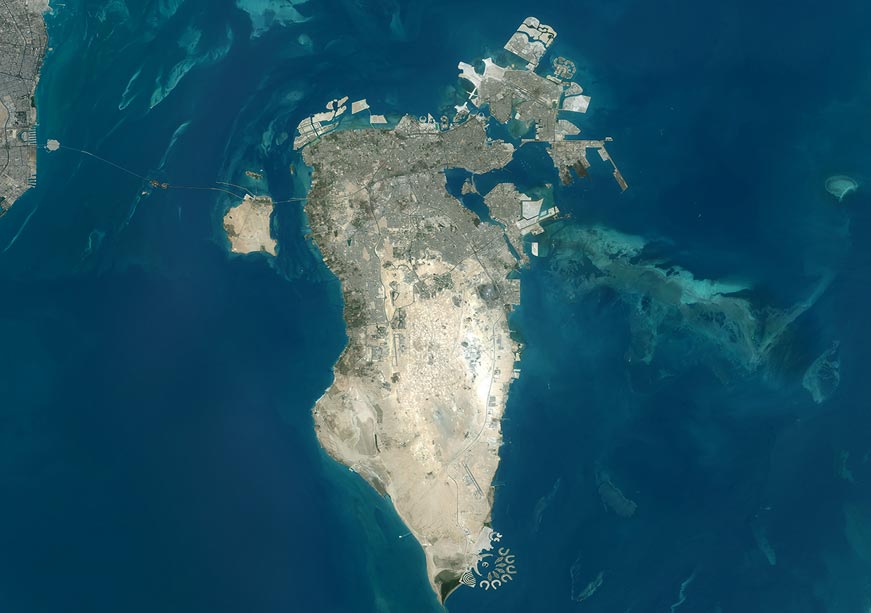Autonomous systems dominated the Dubai Airshow, but the UAE’s push for AI compute sovereignty and supply-chain depth emerged as the real driver of future aerospace power
The Dubai Airshow conducted last week, offered far more than a showcase of next-generation aircraft and cutting-edge defence systems. It provided a clear snapshot of where global aerospace is headed and, more importantly, who is shaping that trajectory. Among the many themes that emerged from the exhibition halls, one stood above the rest: the accelerating rise of autonomous unmanned systems and the United Arab Emirates (UAE)’s rapidly consolidating leadership in this domain.
Participants from across the world displayed autonomous drone capabilities that would have been unimaginable in a public setting only a few years ago. High-speed perception, Artificial Intelligence (AI), adaptive swarming, onboard edge processing, autonomous mission execution, and resilient navigation even in Global Positioning System (GPS)-denied environments. These were not conceptual mockups or prototypes confined to research labs. They were operational platforms ready for deployment, signalling a dramatic shift in how airpower, surveillance, and logistics will be conducted in the coming decade.
They were operational platforms ready for deployment, signalling a dramatic shift in how airpower, surveillance, and logistics will be conducted in the coming decade.
Despite these impressive achievements, the most important story emerging from the Airshow was not about the drones themselves. It was about the underlying infrastructure and the supply chains that will determine which nations can actually field and sustain these systems at scale. This is where the UAE made one of the most consequential moves of the year: securing United States (US) export licences for advanced AI chips, including NVIDIA’s A100 and next-generation accelerators, following stringent cybersecurity, cloud-security, and technology safeguards.
This development represents far more than an incremental upgrade to data centres. It marks a strategic inflexion point. Advanced computing capacity is now the core resource behind everything from Unmanned Aerial Vehicle (UAV) perception models to autonomous decision-making frameworks to mission simulation environments. Nations that can train, host, and secure their AI systems domestically will be the ones that define the rules of the new aerospace era. With the chip licence approval, with the addition of multi-billion-dollar AI infrastructure investments that follow, the UAE has positioned itself not merely as a consumer of autonomy, but as a builder of its foundation.
This development represents far more than an incremental upgrade to data centres. It marks a strategic inflexion point.
However, even with this major leap, the broader reality remains: AI autonomy in drones is advancing faster than the global supply chains required to build, certify, and sustain them. This growing mismatch is quietly becoming one of the most serious risks in modern aerospace. The Airshow discussions reflected this clearly. While autonomous capabilities are advancing at a remarkable speed, the industrial and regulatory frameworks in their backdrop are grappling with entrenched bottlenecks: semiconductor dependencies, export-control friction, limited regional manufacturing depth, long integration timelines, and complex certification pathways that lag far behind the pace of software-driven innovation.
The conversation around drones often centres on strategy, operational impact, and evolving mission roles. The true differentiator, however, lies elsewhere. As the old military adage goes: “Amateurs talk strategy. Professionals talk logistics.” In autonomous aerospace, logistics encompasses a new spectrum of challenges that extend beyond the traditional realm.
First, autonomous systems require industrial depth. Airframes, chips, secure processors, servomotors, batteries, and advanced sensors cannot be sourced from fragile supply chains without risking operational readiness. Nations leading in autonomy will be those that localise manufacturing, diversify suppliers, and build robust technology ecosystems.
AI autonomy in drones is advancing faster than the global supply chains required to build, certify, and sustain them.
Second, supply-chain sovereignty has become a strategic imperative. Advanced UAVs depend on components that traverse geopolitical chokepoints, dual-use export regimes, and restricted technology corridors. The UAE’s AI chip licence marks a breakthrough precisely because it addresses one of the most sensitive areas of technological dependence. But achieving full autonomy requires similar resilience across numerous other components.
Third, autonomous systems demand regulatory agility. Traditional airworthiness frameworks were designed for manned aviation, not for drones capable of independent decision-making. Without modernised certification pathways for detect-and-avoid systems, AI-generated flight logic, and autonomous mission execution, even the most advanced platforms will remain underutilised.
Fourth, cybersecurity has become mission-critical. Autonomous drones are, in effect, flying computers—networked, AI-enabled, and operating at the edge of the network. Their attack surface is vast. Securing them requires new frameworks for verification, data integrity, and resilience against adversarial AI or electronic warfare.
Finally, autonomy at scale depends on integrating ecosystems. Drones must interface seamlessly with satellite networks, command-and-control systems, air defence environments, and electronic-warfare architectures. This level of integration requires both industrial maturity and unified technical standards.
The future of drone autonomy will not be decided solely by who develops the most advanced algorithms, airframes, or sensor suites. It will be decided by who can align those breakthroughs with resilient, intelligent, and secure supply chains.
Across the Gulf Cooperation Council (GCC), these realities are increasingly shaping policy and investment strategy. The UAE, in particular, is taking a comprehensive approach. From its sovereign AI-cloud development and semiconductor partnerships to its localisation of UAV manufacturing, it is constructing the full stack required for next-generation aerospace dominance.
The Dubai Airshow underscored the significance of this strategy. While many nations are racing to acquire autonomous drones, far fewer are actually building the industrial and regulatory architecture needed to sustain them. The UAE’s posture to secure AI compute sovereignty, strengthen manufacturing capacity, invest in research and development (R&D), and shape international technology partnerships has positioned it uniquely to lead. The future of drone autonomy will not be decided solely by who develops the most advanced algorithms, airframes, or sensor suites. It will be decided by who can align those breakthroughs with resilient, intelligent, and secure supply chains. The nations capable of sustaining autonomy will outperform those who merely purchase, and the UAE seems to be leading the pack.
Bharath Gopalaswamy is an aerospace and defence expert with extensive experience in AI, space technologies, and advanced systems.











